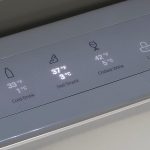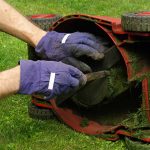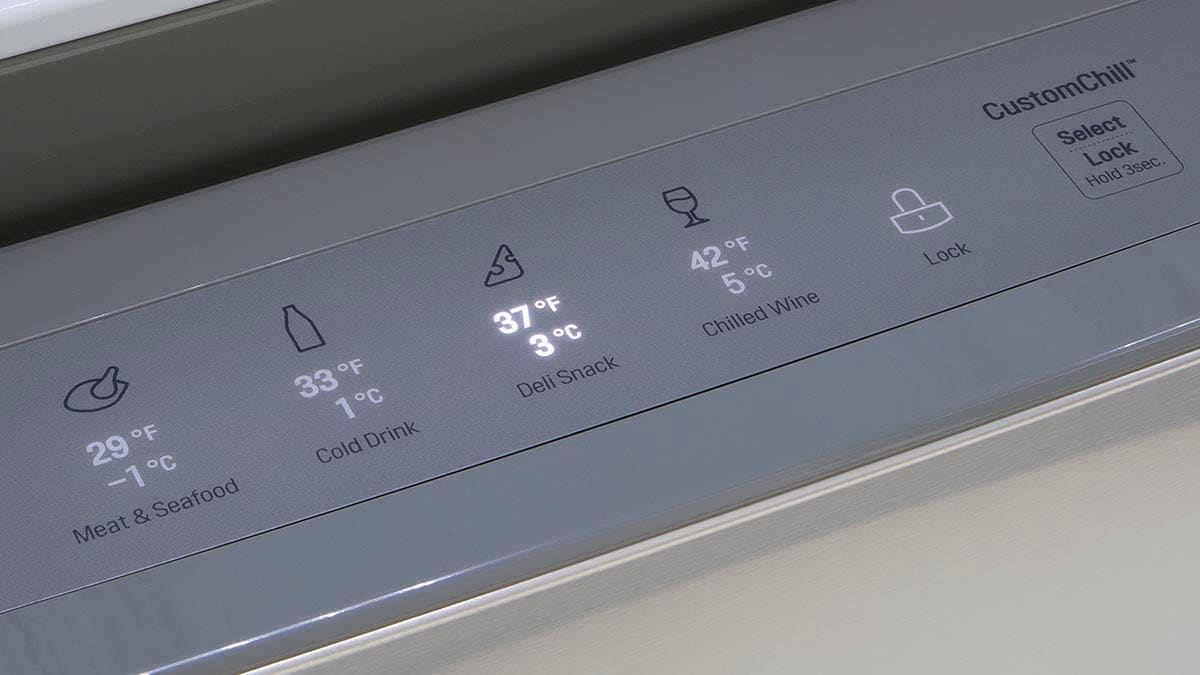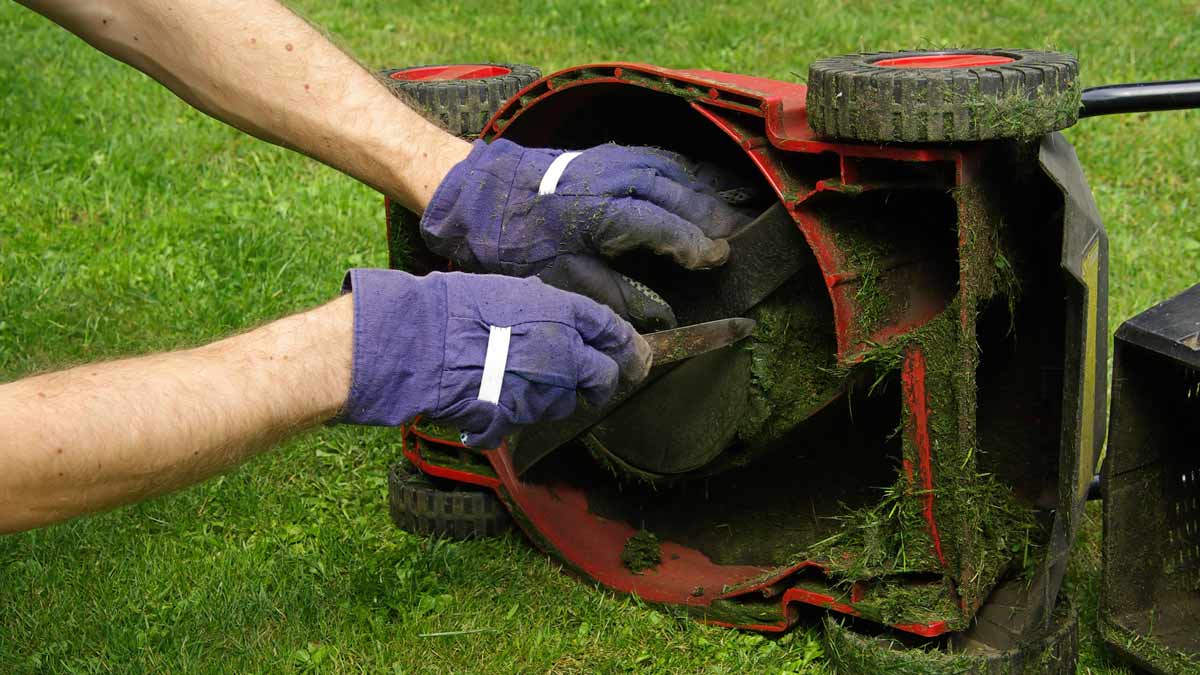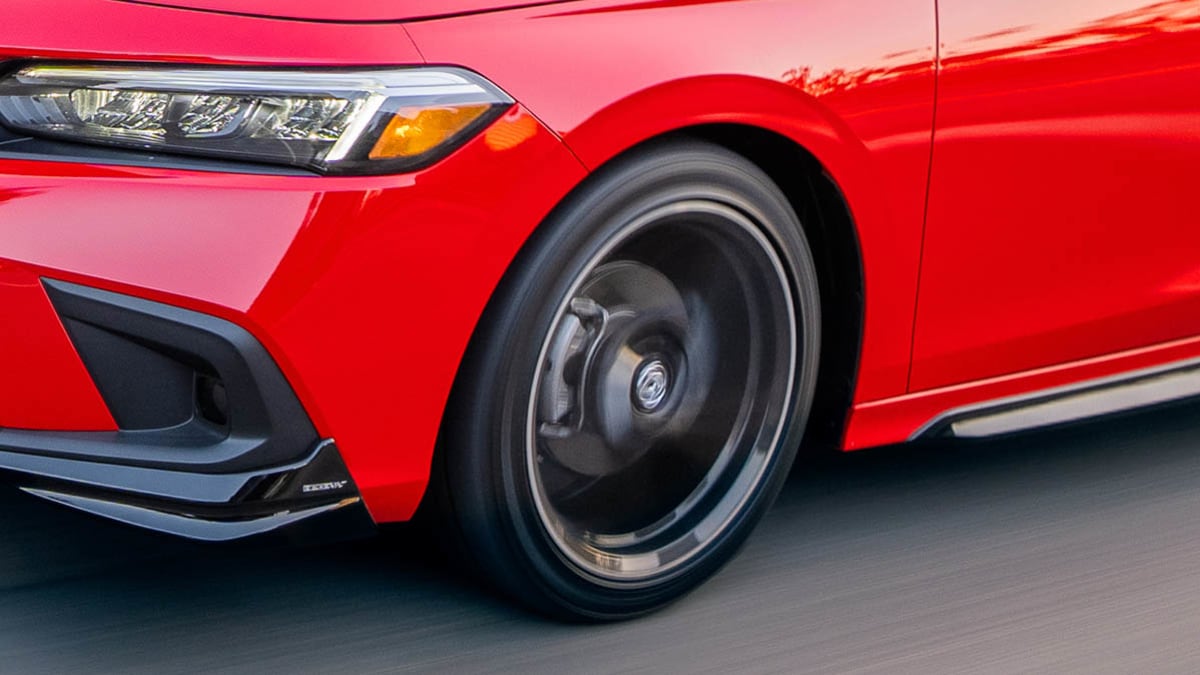
Don’t judge the pressure by eyeballing a tire. Modern tires bulge slightly, making them look a little underinflated, even when they’re not. This effect can be exaggerated on a soft surface, such as a dirt road or gravel driveway.
At least once a month, use a tire gauge to check the pressure in all four tires and the spare. A good tire-pressure gauge is available for as little as $5 to $15 at auto parts stores.
Set the tires to the automaker’s recommended tire pressure. This is printed on a placard in the car, either on a doorjamb, the fuel-filler door, or the inside of the glove box lid. Don’t go by the “maximum inflation pressure” imprinted on the tire. If your car has a limited-service (aka a space saver) spare, also check that it’s inflated to the pressure specified on the placard, usually 60 psi.
Measure the pressure with the tires cold before they’ve been driven more than a mile or two. As the vehicle is driven, the tires heat up and the pressure rises, which makes it more difficult to set them to the correct cold-tire pressure.
A little preventive medicine in the form of simple, routine inspections can prevent expensive, inconvenient problems down the road.


